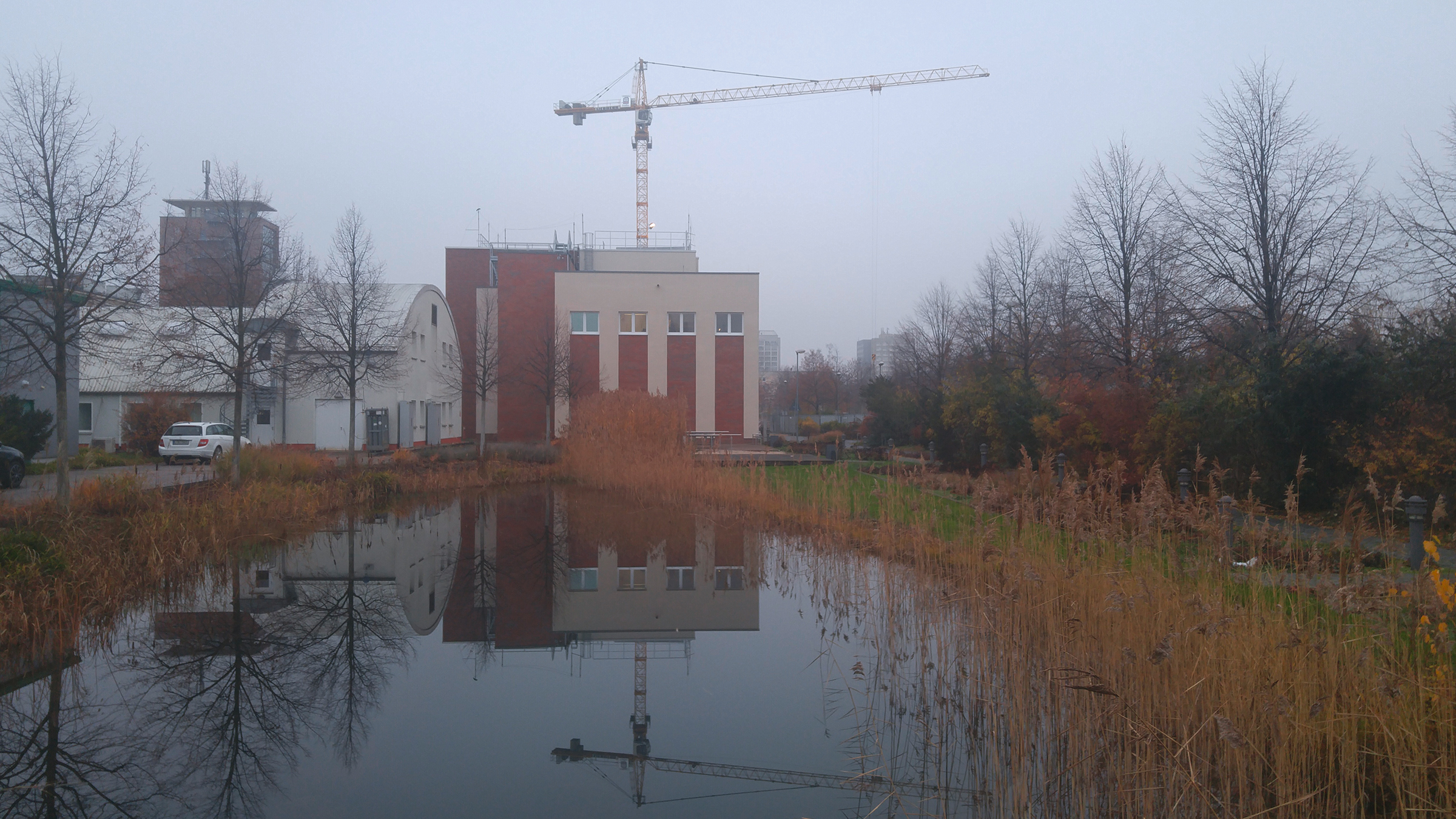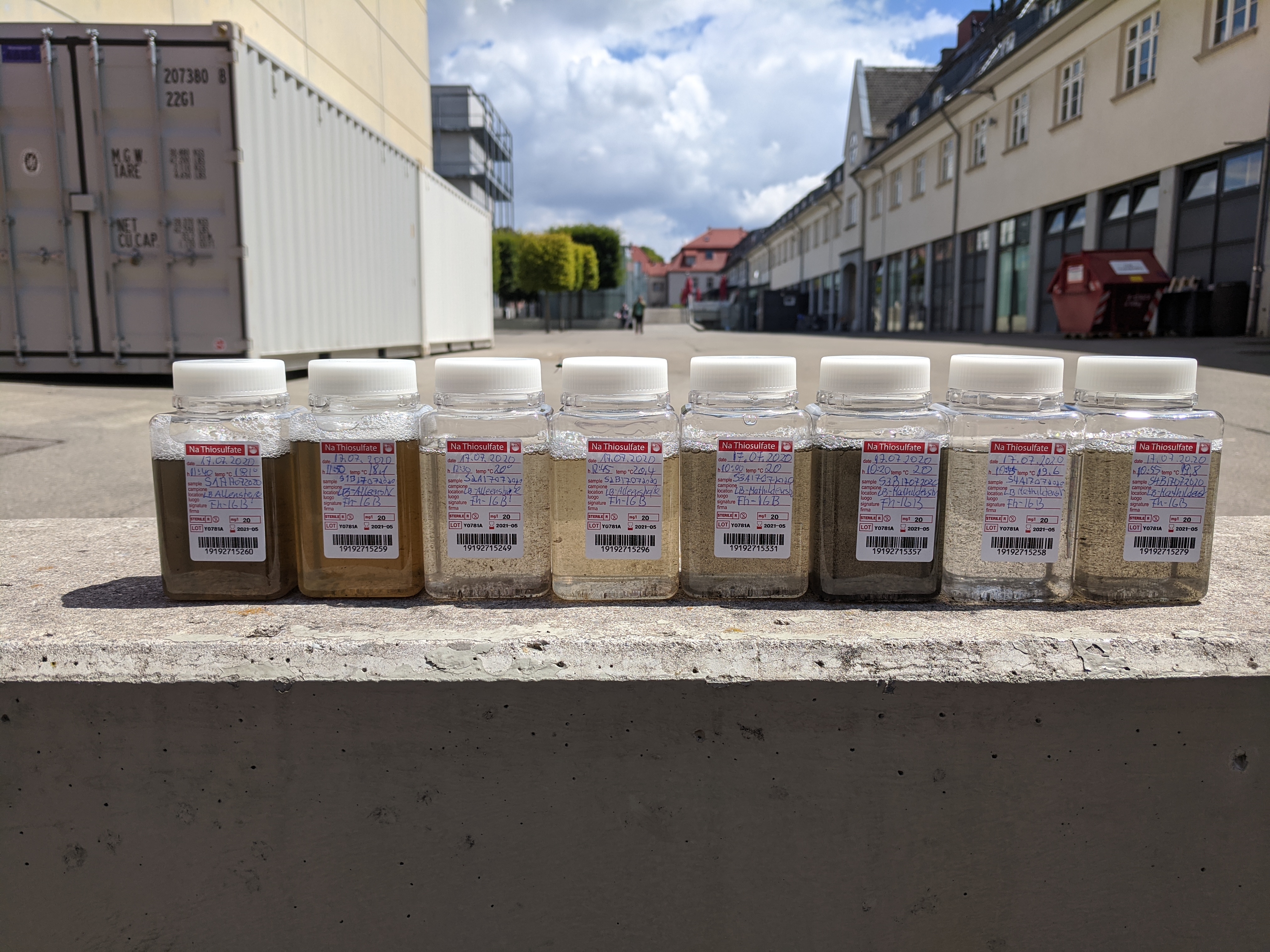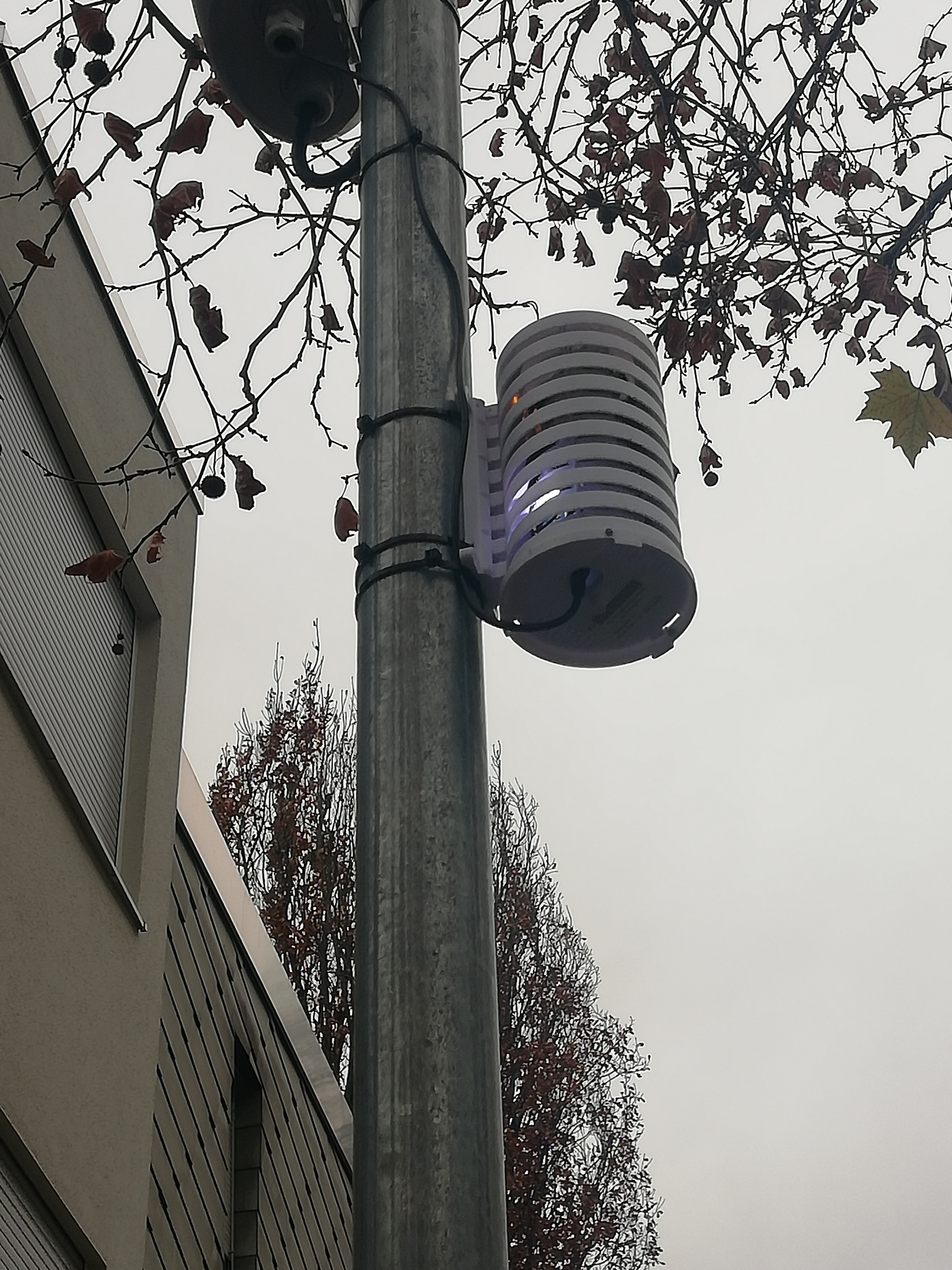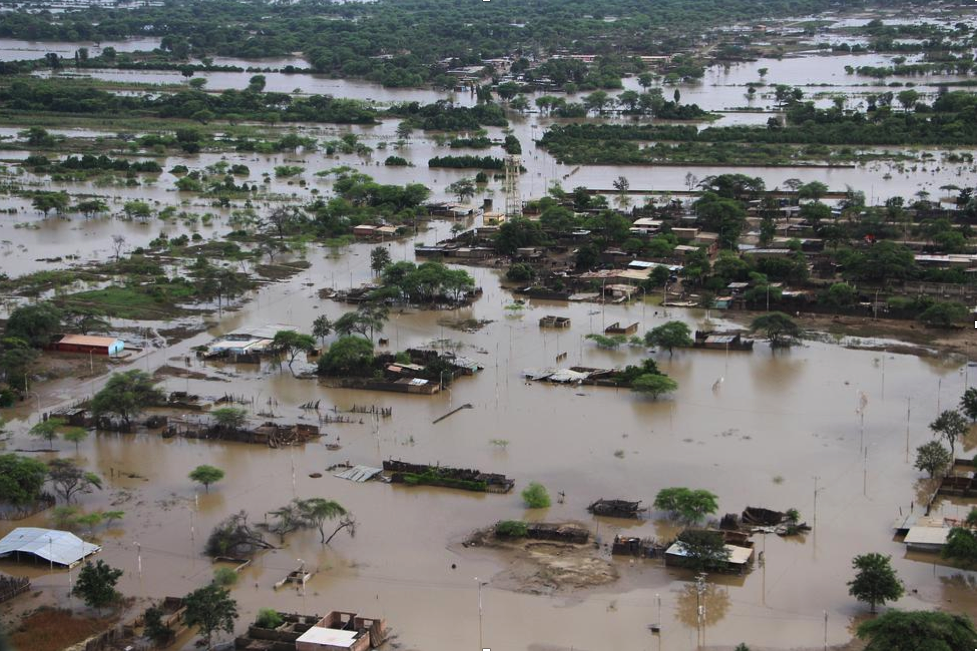Of course, the effects of climate change are not limited to just Europe – and neither are the Fraunhofer approaches to tackling climate change. Cities such as Kochi in India and Saltillo in Mexico are being severely impacted by climate change.
In the project called “Morgenstadt Global Smart Cities Initiative”, researchers from Fraunhofer IAO, Fraunhofer IGB, Fraunhofer ISI and Fraunhofer IBP are therefore devising precise courses of action. The project is being financed by the International Climate Protection Initiative (IKI) of the German Federal Ministry for the Environment, Nature Conservation and Nuclear Safety (BMU).
The work involves three essential steps: The first one is to analyze the interactions within the city. What are the problems? Second, the researchers will be discussing co-creation — working with all partners and associates, they will work out and prioritize the first project ideas. And in the third and final step, they will set the ideas in motion.
Kochi, India
Kochi, one of the most important ports on India’s west coast with a population of 600,000, has first and foremost water problems. The last monsoons caused severe flooding, claiming many lives and disrupting public life. For the remaining months of the year, though, the city faces serious water shortages. The solutions to these two problems are intertwined: If we save some of the water the monsoon season brings, it will be available in the dry spells. Roof gardens appear to be a good solution for Kochi. Another efficient way of discharging the bodies of water would be to use the open channels that were created during the colonization period but are now clogged with garbage. The recommendations shall be realized on a small district – as a blueprint for other districts.
Saltillo, Mexico
Defined by the automotive industry, this prosperous city lies in the Chihuahuan desert and is by nature very arid. Due to the effects of climate change, however, water scarcity is a growing problem. Water efficiency is therefore becoming an important subject, especially for industry. Together with partners and associates, the researchers will decide in summer 2021 which projects are to be realized.
After implementation, it is possible to assess whether the approach is producing the desired results and replicate or scale it up in other cities after optimization.
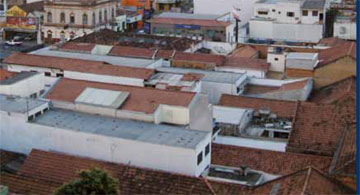
 Fraunhofer Institute for Interfacial Engineering and Biotechnology IGB
Fraunhofer Institute for Interfacial Engineering and Biotechnology IGB
